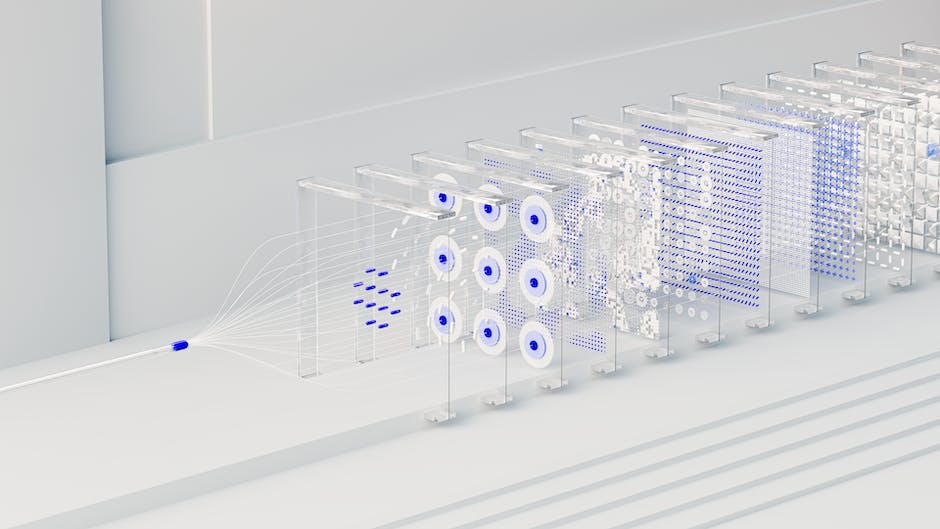Exploring Neural Networks for Deep Learning is an in-depth study into the complex world of artificial intelligence (AI) and machine learning. It delves into the intricate structure of neural networks, which are computational models inspired by the human brain, and their role in deep learning, a subset of AI that teaches computers to learn by example. The exploration covers the fundamental concepts, the different types of neural networks, and how they are designed and trained to recognize patterns and make accurate predictions. This subject is crucial in understanding the mechanics behind the rapidly evolving field of AI and its applications in various sectors such as healthcare, finance, and autonomous vehicles.
Unraveling the Complexities: An In-depth Exploration of Neural Networks for Deep Learning

Deep learning, a subset of machine learning, has been making waves in the tech world, revolutionizing various sectors from healthcare to finance, and even entertainment. At the heart of this revolution are neural networks, the backbone of deep learning algorithms. These networks, inspired by the human brain, are designed to replicate the way we learn, making them a fascinating subject of study.
Neural networks are essentially a series of algorithms that are designed to recognize patterns. They interpret sensory data through a kind of machine perception, labeling or clustering raw input. The patterns they recognize are numerical, contained in vectors, into which all real-world data, be it images, sound, text or time series, must be translated.
The structure of a neural network is a layered architecture, with each layer made up of nodes. The first layer is the input layer, which receives the raw data, followed by hidden layers where the actual processing is done via a system of weighted connections. The final layer is the output layer, which produces the result. The more hidden layers there are, the deeper the network, hence the term ‘deep learning’.
The magic of neural networks lies in their ability to learn. This learning process involves adjusting the weights of the connections in the network based on the error of the output. This is done through a process called backpropagation, which involves feeding the error back through the network to adjust the weights. Over time, the network learns to make better predictions.
One of the most exciting aspects of neural networks is their ability to handle vast amounts of data. In the era of big data, this is a significant advantage. They can sift through millions of data points, identifying patterns and making predictions. This makes them incredibly useful for tasks such as image and speech recognition, natural language processing, and even playing games.
However, neural networks are not without their challenges. One of the main issues is their complexity. They require a lot of computational power and memory, making them difficult to implement on a small scale. They are also prone to overfitting, where they perform well on training data but poorly on new, unseen data. This is because they can sometimes learn the noise in the data rather than the underlying pattern.
Despite these challenges, the potential of neural networks is immense. They are already being used to power advanced technologies like self-driving cars, voice assistants, and recommendation systems. And as our computational power increases, so too will the capabilities of these networks.
In conclusion, neural networks are a fascinating and complex area of deep learning. They offer a powerful way to deal with the vast amounts of data we generate, providing us with insights and predictions that were previously out of reach. However, they also present challenges, particularly in terms of their complexity and the risk of overfitting. As we continue to explore and refine these networks, we can look forward to even more exciting developments in the world of deep learning.